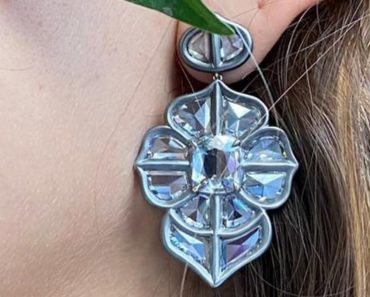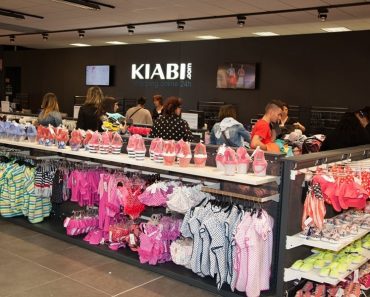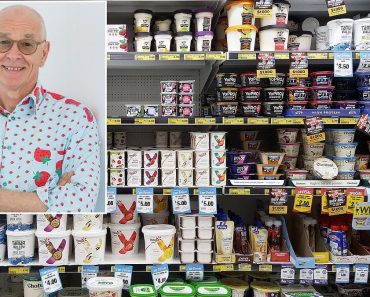For the 10th consecutive year, the data-analysis team of The Business of Fashion—the leading outlet dedicated to global fashion industry developments—together with McKinsey & Company, released their annual report assessing the state of the industry and outlining expectations for the year ahead.
This year’s edition, “The State of Fashion 2026: When the Rules Change,” examines major challenges, opportunities, and consumer-behavior trends through the lens of the global economy, shifting consumption patterns, and the evolving fashion ecosystem.
Below are the 10 key themes highlighted in the report:
1. Trade Turbulence from Tariffs
U.S. tariffs continue to disrupt global trade, with fashion feeling the impact across supply chains and production. Rising costs are forcing companies to increase prices, diversify suppliers, and streamline operations. Large groups can adapt more easily, while smaller brands face serious survival challenges. Resilience will be essential in 2026.
2. Workforce Transformation
Artificial intelligence is reshaping the global labor market—eliminating some roles and creating new ones. Industry leaders must invest heavily in upskilling staff, attracting new talent, and establishing strong leadership focused on AI integration and strategic use.
3. AI Shopper: The Digital Fashion Advisor
Once unthinkable, AI-assisted shopping is now a central issue. Algorithms increasingly guide consumers in finding brands and making purchases. Companies must learn how to stand out in an environment where discovery is no longer human-driven.
4. Jewelry Booms
The “quietest” category has become one of the strongest performers. Jewelry is outpacing nearly all other fashion segments as consumers gravitate toward timelessness, symbolism, and emotional value. Luxury jewelry continues to flourish even during uncertainty.
5. Smart Frames: Glasses Meet AI
A surprising breakout category: AI-powered smart glasses. Rapid technological advancement and partnerships between fashion and tech companies are fueling commercial momentum. This product is bringing fashion closer than ever to everyday technology.
6. The Wellness Era Becomes Central
Wellness has evolved from a lifestyle niche to a core identity driver for today’s consumers. Brands offering emotional connection, “third spaces” (like Ralph Lauren cafés and retreats), and experiences tied to mental health and self-care are winning loyalty from younger audiences.
7. Efficiency at the Forefront
With costs rising, operational efficiency is now a strategic priority. Automation, data-driven decision-making, and smart inventory management are essential. Companies that fail to rethink production and distribution risk falling behind.
8. Second-Hand as a First Choice
Resale is no longer a trend but a mainstream strategy for consumers seeking value, circularity, and accessible luxury—especially amid soaring prices from major fashion houses. Platforms specializing in resale are thriving. For brands, the opportunity lies in organizing and controlling their own resale channels with reliable quality standards and viable profit models.
9. The Move Upmarket
In 2026, many brands are shifting toward affordable luxury—seeking to stand out from ultra-low-cost competitors or capture consumers who previously bought high-end goods. Improved quality and curated experiences are key to elevating brand perception.
10. A New Balance in Luxury
Luxury is being redefined. Creativity, craftsmanship, and authentic customer connection now outweigh price as the main markers of luxury. Success requires balancing diverse audiences and storytelling that conveys real, lasting value.
The new State of Fashion report does more than list trends: it reflects an industry at a turning point—caught between technology and artistry, geopolitical pressure and creative reinvention, the fashion world we knew and the one now emerging.
Ask me anything
Explore related questions







